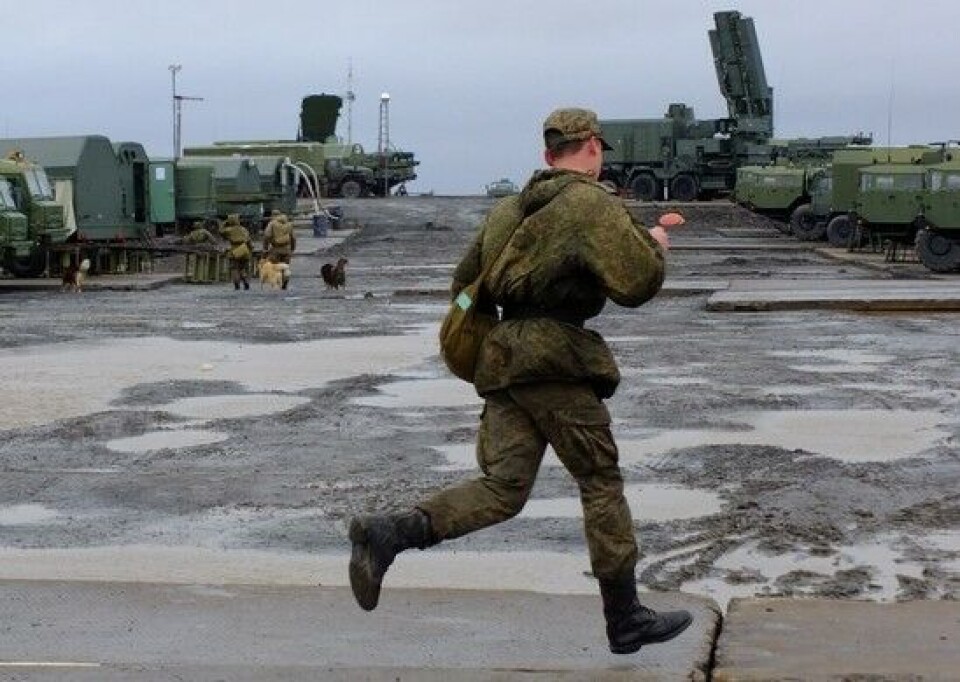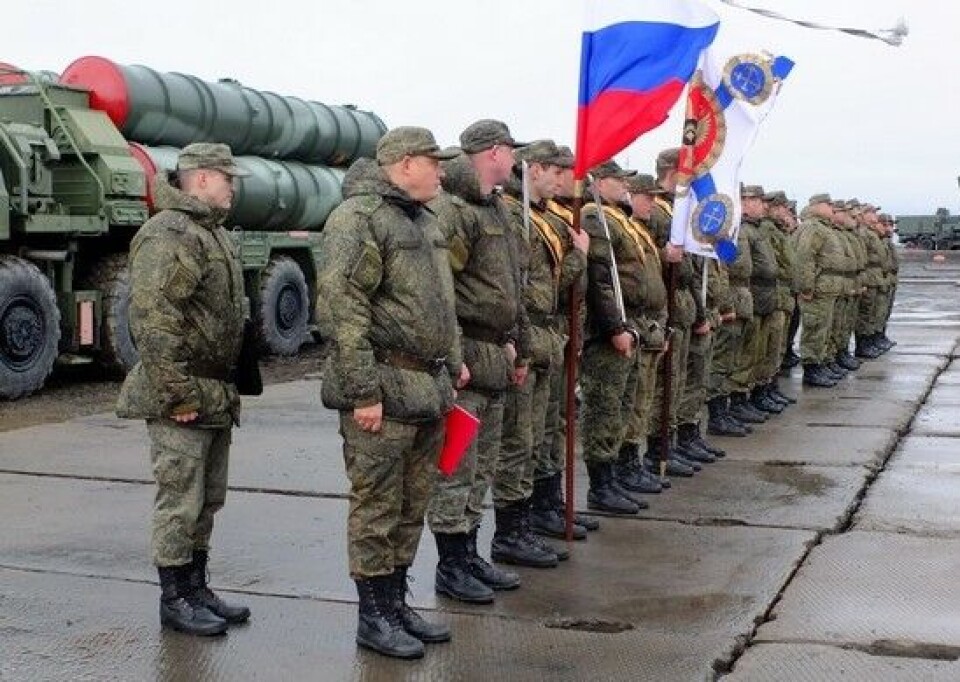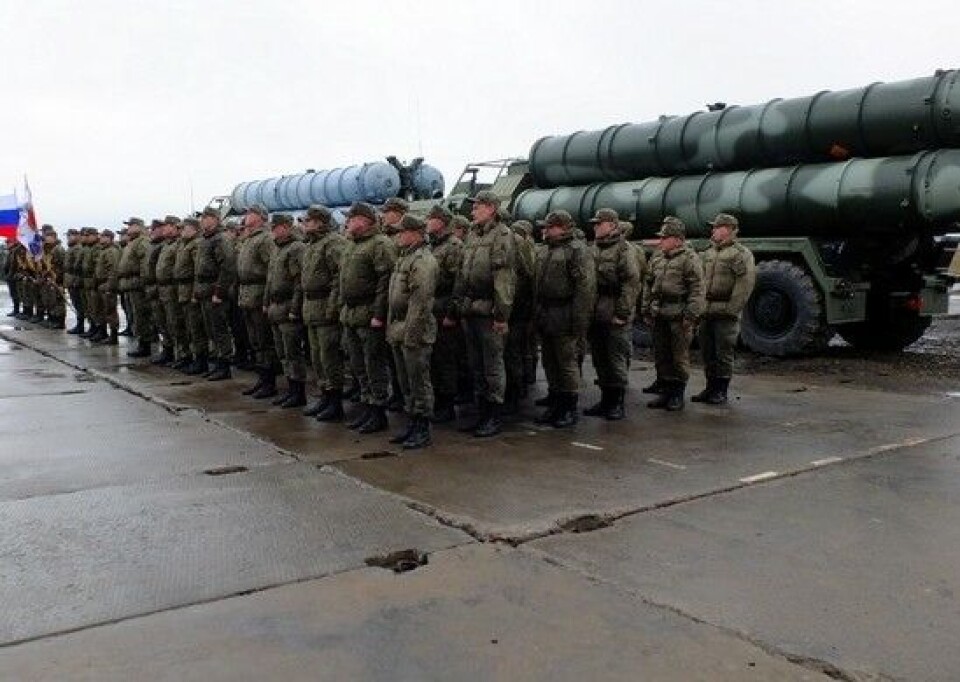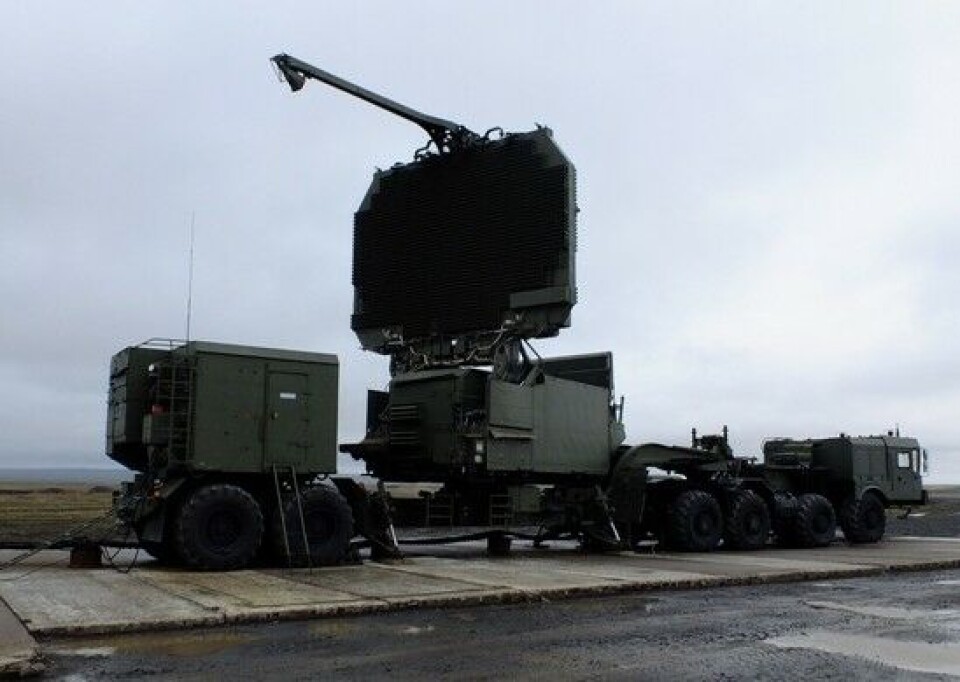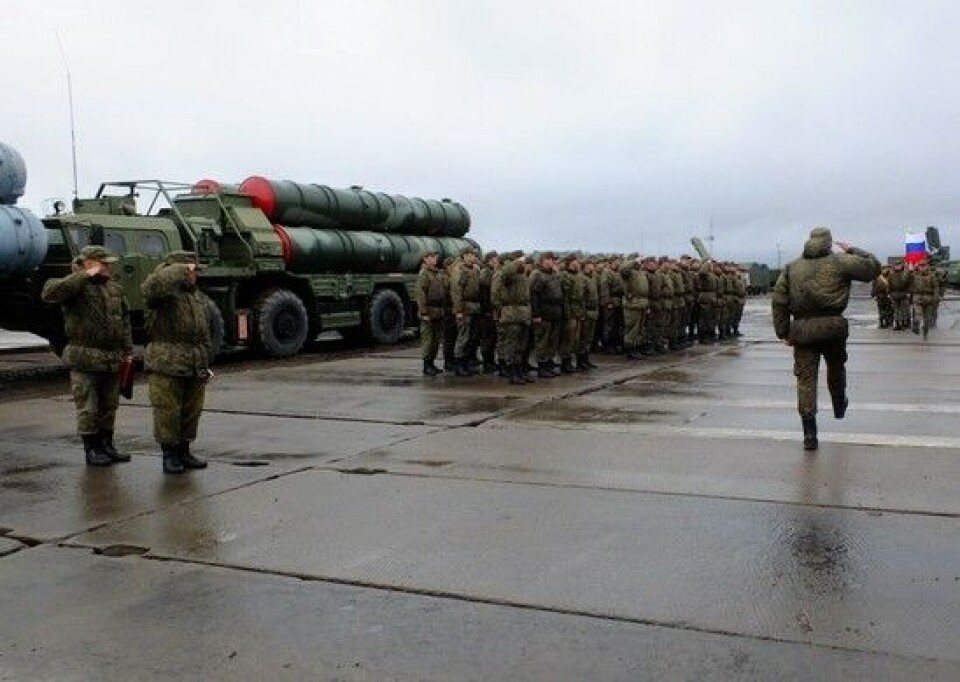Northern Fleet puts S-400 air defence system on combat duty at Novaya Zemlya
With a longer range than previous systems, the S-400 will protect air space over the eastern Barents Sea where Russia’s ballistic missile submarines are patrolling.
The personnel’s readiness for combat duty was confirmed to Major General Sergei Moskvichyov, Commander of the Air Defense Division of the 45th Air Force and Air Defense Army of the Northern Fleet this week, the press service of the navy informs.
The new S-400 anti-aircraft missile system replaces the older S-300.
With a range of up to 380 to 400 km, the S-400 missiles give a significant increase in protected airspace in the Russian Arctic.

Located near Rogachovo air base, some 8 kilometers from the settlement in Belushya Bay on the southern island of Novaya Zemlya, the S-400 system can detect targets over a large area of the eastern Barents Sea. These waters, west of Novaya Zemlya, are important patrol areas for Russia’s ballistic missile submarines.
The S-400’s key advantage compared with the older system includes its ability to engaging targets within a matter of minutes. Its radar system can track a multiple number of stealth targets, both manned aircraft and incoming missiles.
The 45th Air Force and Air Defense Army of the Northern Fleet was formed in December 2015, a year after Russia established its Arctic Joint Strategic Command with the Northern Fleet as the mainstay of the new strategic formation.
Anti-aircraft missile regiment is also put on combat duty at the Arctic military camps at the archipelagos of Franz Josef Land, Severnaya Zemlya and New Siberian Islands.
Warship stops sailboat
Russia’s ambitions to use its military forces also to enforce border guarding in the Arctic nearly came to the absurd earlier this week.
The small sailing boat “Pangaea” was stopped by the large anti-submarine warship “Vice-Admiral Kulakov” in the northern Barents Sea, between Franz Josef Land and Novaya Zemlya.
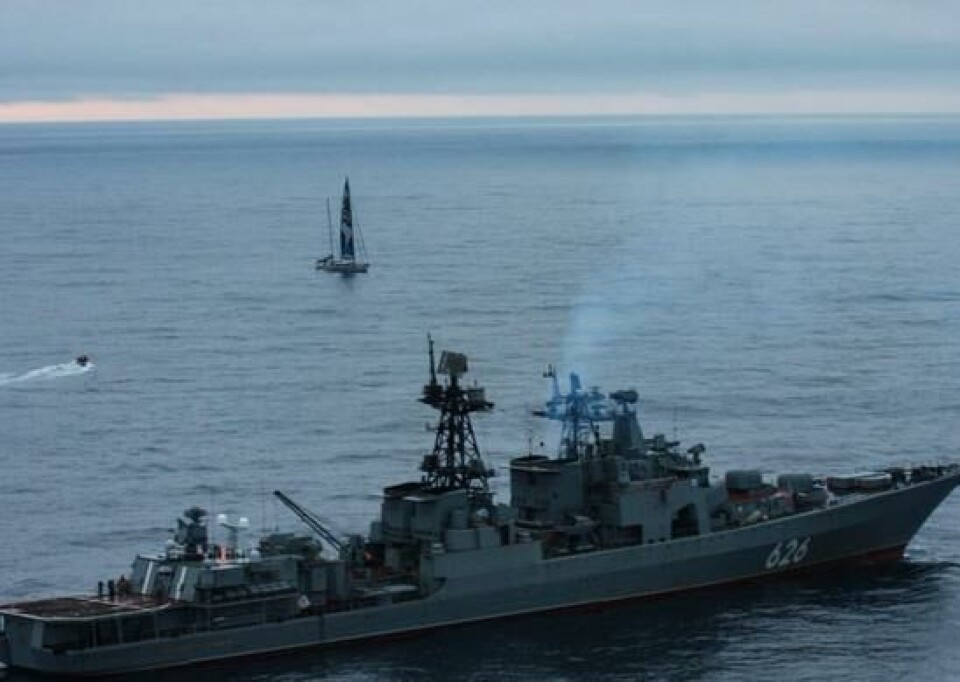
“Pangaea” started its voyage in Alaska and sailed into the Arctic from the Bering Strait side with the aim to drop off the two famous explorers Mike Horn and Børge Ousland. They are supposed to ski from about 86 degrees North across the North Pole and to be picked up again by “Pangaea” on the European side of the Arctic later this fall.
“Pangaea” sailed into the ice on September 6th the latest blog post by Mike Horn reads. Sailing west, the boat is now heading towards north of Svalbard to meet the two explorers.
Russia’s Northern Fleet says in a press-statement “… no violations of the Russian laws were revealed.”

